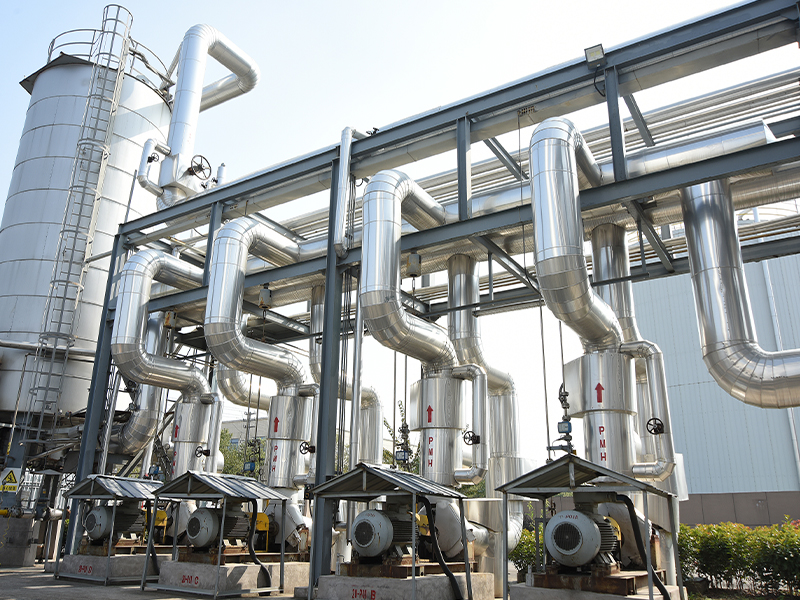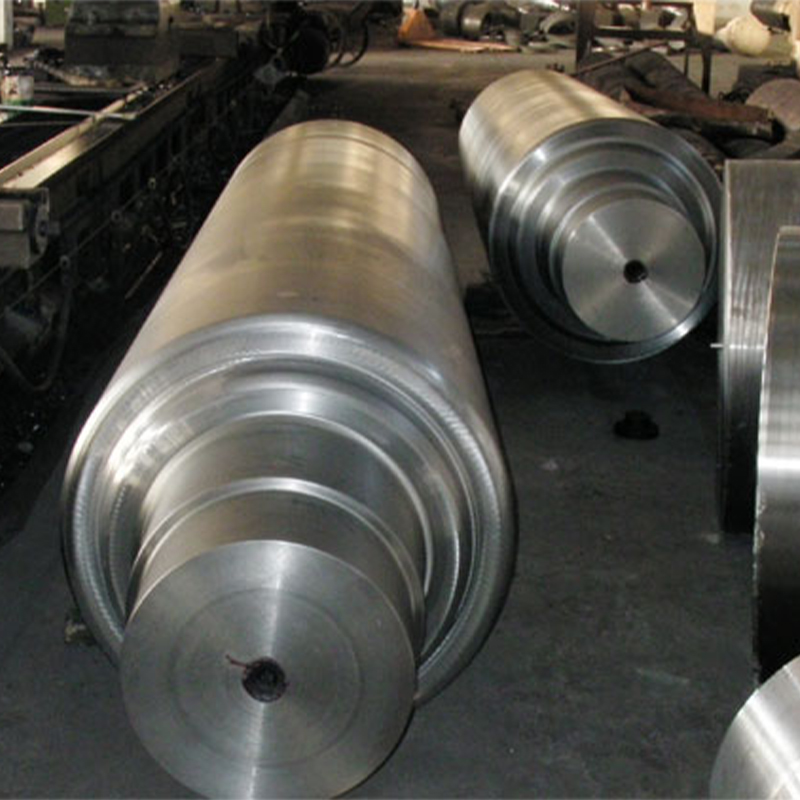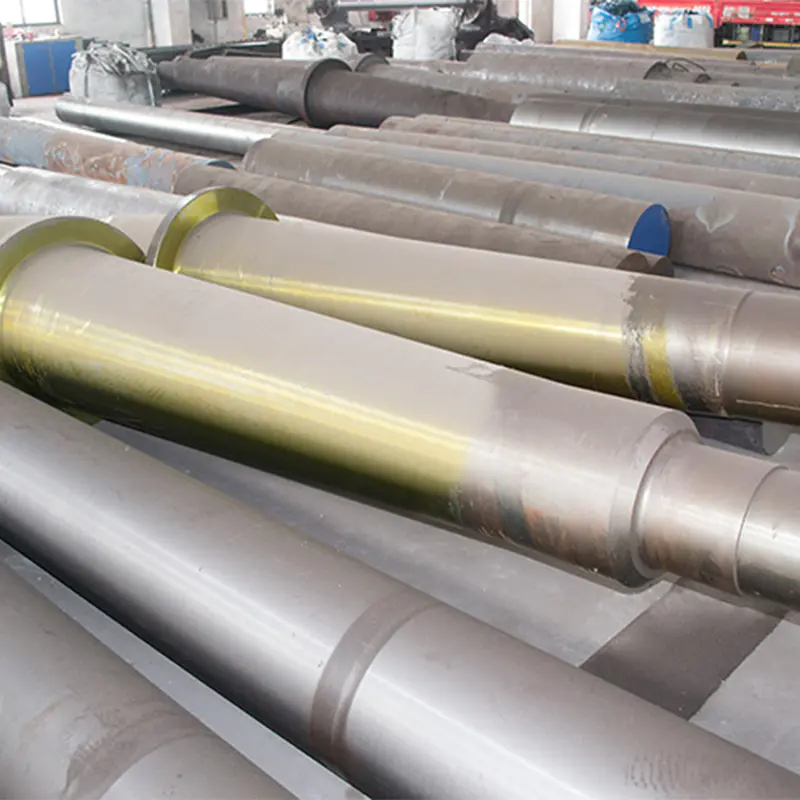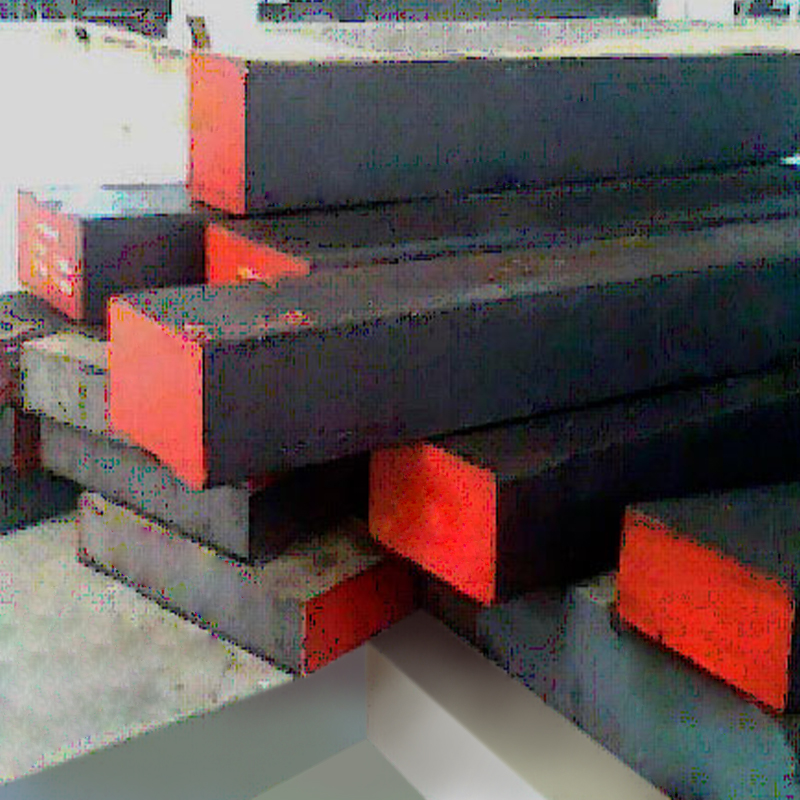
The selection of materials used in the construction of a welding hydraulic cylinder is crucial for ensuring its ability to withstand the high-pressure demands of industrial and heavy-duty applications. The cylinder body is constructed from high-strength steel alloys or carbon steel, which are selected for their ability to endure substantial mechanical stress. These materials are chosen based on their tensile strength, yield strength, and fatigue resistance, all of which are critical for the long-term durability of the hydraulic cylinder. Many welding hydraulic cylinders undergo heat treatment processes, such as quenching and tempering, which further enhance the material’s strength, making it more resistant to deformation under high pressure. In some cases, the materials may be coated with corrosion-resistant finishes, such as chrome plating or phosphate coatings, to protect against environmental factors like moisture and chemicals that could weaken the material over time.
The design of the cylinder walls plays a significant role in ensuring that the welding hydraulic cylinder can resist internal pressures without compromising structural integrity. In high-pressure applications, the cylinder walls are reinforced, especially in critical areas such as the cylinder bore and mounting points, where stress is most concentrated. Reinforcing these areas ensures that the cylinder can safely handle extreme pressure levels while minimizing the risk of deformation, cracking, or failure. Reinforced cylinder walls also provide added protection against external impact or environmental stressors that could otherwise lead to localized damage. The cylinder’s internal pressure is distributed evenly across the walls, which further enhances the system’s overall resilience and reduces the likelihood of localized failure under high-load conditions.
Precision machining of the cylinder components is essential for maintaining the structural integrity of the hydraulic cylinder, especially under high-pressure conditions. During the machining process, the cylinder bore is finished with a high level of precision to ensure it is smooth, uniform, and free of imperfections that could lead to stress concentrations. Even minor deviations in the bore surface can result in premature wear or failure, as high-pressure fluid can create localized points of stress. By maintaining tight tolerances during machining, the hydraulic cylinder is better able to handle the forces generated during operation, providing a more reliable and consistent performance over time.
High-quality seals and O-rings are a critical component in ensuring the hydraulic cylinder’s ability to contain pressurized hydraulic fluid and operate efficiently. These seals are designed to prevent leaks, which could result in the loss of pressure or fluid, ultimately compromising the cylinder’s functionality and safety. Seals made from advanced elastomeric materials, such as nitrile rubber, polyurethane, and fluorocarbon compounds, offer excellent resistance to the extreme temperatures, pressures, and chemicals commonly found in hydraulic systems. The seals are also designed to minimize wear and ensure long-lasting performance by maintaining a tight barrier between the piston and cylinder, even under fluctuating pressures.
The welding process used to assemble the hydraulic cylinder is a key factor in determining its strength and resistance to high-pressure conditions. High-quality welding techniques, such as MIG (Metal Inert Gas) or TIG (Tungsten Inert Gas) welding, are employed to ensure that the joints between the cylinder body, piston, and other components are strong, secure, and resistant to fatigue. These welding techniques ensure that the welds penetrate deeply into the material, forming a bond that is just as strong, if not stronger, than the base material.



 English
English русский
русский Español
Español عربى
عربى



